Tokushima – Plum, Yuzu Miso & Carrot Onigiri
Using “Awa Bijin,” an early-harvest Koshihikari brand cultivated in a warm climate, this onigiri combines regional flavors: local “Kigashitsu Yuzu,” plums, and carrots.
The rice is cooked with carrot juice and mixed with finely chopped umeboshi, then molded into onigiri and lightly brushed with grilled yuzu miso.
The resulting aromatic, refreshing flavor is both enticing and memorable.
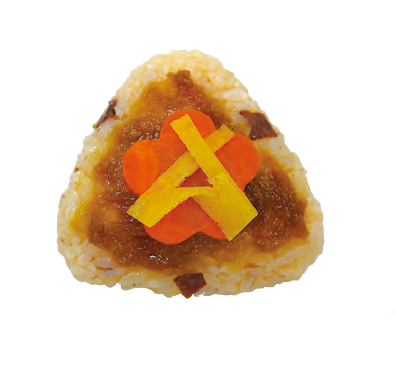
Kagawa – Parsley-chan Onigiri
Crafted with Kagawa’s original rice “Oidemai,” which has triumphed in taste rankings on three occasions, this onigiri embodies a warm invitation to all.
The rice’s name reflects a wish for many to come and enjoy it.
The filling includes dried local parsley, which infuses the dish with a bright green color and a gentle, appetizing aroma.
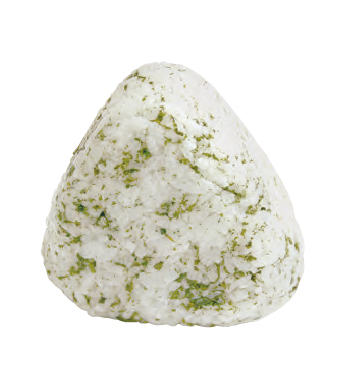
Ehime – Pearl Clam Miso Onigiri with Mikan
This onigiri features “Hinohikari,” the most widely cultivated rice in Ehime, inheriting the stickiness of Koshihikari and nurtured under the prefecture’s warm climate.
It is enriched with the adductor muscle from Akoya clams—famous for producing pearls—and is cooked with a juice blend centered on domestic mikan (mandarin oranges) and Iyo-kan.
The subtle citrus aroma perfectly stimulates the appetite.
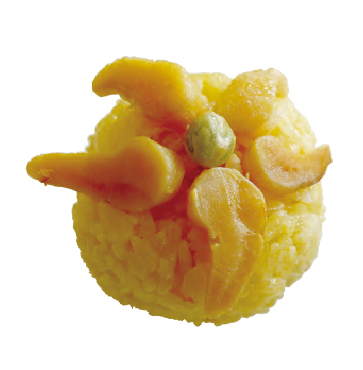
Kochi – Yosakoi Bijin Sun-Dried Salt Onigiri
This supreme salt onigiri is born from rice and salt only, nurtured by the tropical sun and refreshing breezes of Tosa in southern Kochi.
The carefully cooked rice—rich in both umami and sweetness—is paired with sun-dried salt, a prized gift of the Kuroshio current.
The result is a dish with an enticing fragrance and vibrant taste, mirroring the spirited local people.
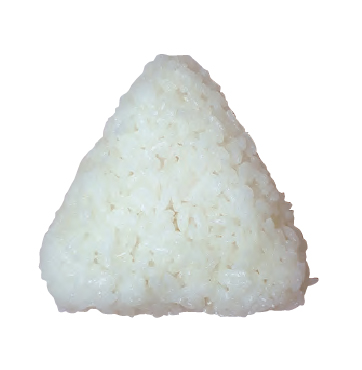
Fukuoka – Mentai Onigiri
Using the renowned “Yumetsukushi” rice—which captures the best qualities of both Koshihikari and Kinuhikari with its glossy finish and sticky texture—this onigiri is a true delight. It features a filling of spicy cod roe, a Fukuoka specialty.
The tiny, flavor-packed roe mingles with the rice, offering a kick of spice that elevates every bite.
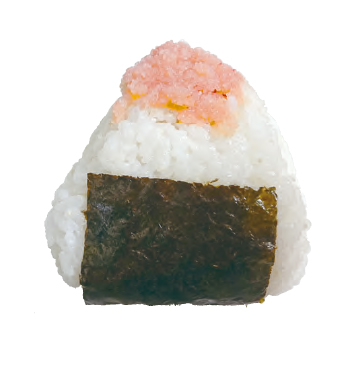
Saga – All-Saga Onigiri
Made with Saga’s proud “Sagabiyori” rice—characterized by its large grains and pleasantly chewy texture that stays delicious even when cold—this onigiri is perfect for lunchboxes or on-the-go snacks.
Filled with regional treats like chopped “Kōbai-zuke” (pickled red plums) and asparagus, then mixed with rice and wrapped in top-quality Saga seaweed along with rich, sweet Saga beef, it comes together as a colorful, nutritious, and mouthwatering creation.
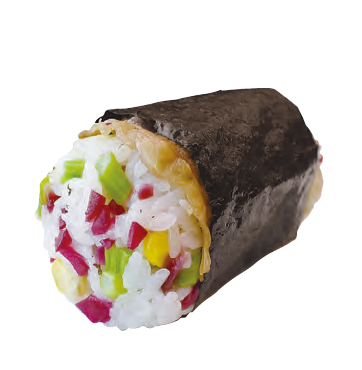
Nagasaki – Unzen Kobu Takana Mixed Onigiri
Nagasaki has long been a pioneer in rice branding, exemplified by the uniform, plump, and glossy “Nikomaru” rice, known for its smooth, sticky texture that complements a wide variety of dishes.
In this onigiri, finely chopped pickled Unzen Kobu Takana—a traditional local vegetable—is stir-fried with sesame and bonito flakes and mixed into the rice, offering a rich flavor with a delightful crunch.

Kumamoto – Takana Onigiri
Featuring the original “Kumasan no Kagayaki” rice, introduced in 2018, this variety shines with a glossy finish, strong stickiness, and exceptional taste, earning top ratings.
It pairs perfectly with Aso’s famous takana pickles—a UNESCO-recognized agricultural treasure.
Shaped in a playful design inspired by the beloved mascot “Kumamon,” this onigiri is as delightful in appearance as it is in flavor.
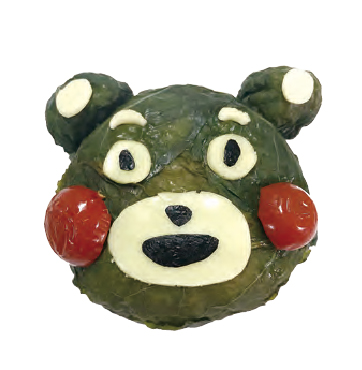
Oita – Shiitake Yuzu Miso Onigiri
Using “Hinohikari” rice nurtured by the clear mountain streams of Oita, this widely produced variety boasts a brilliant gloss and strong stickiness.
The filling features rehydrated dried shiitake—prepared over three days to blend with the rice—and is accompanied by finely chopped shiitake sautéed in a sweet and savory yuzu miso.
The shiitake’s umami essence enhances the rice’s natural flavor beautifully.
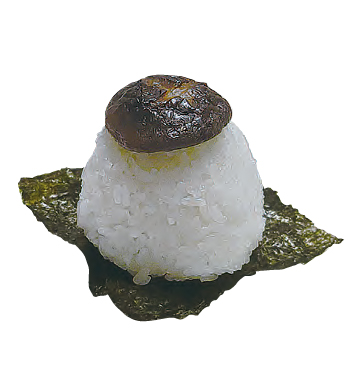
Miyazaki – Piman & Pork Snack Onigiri
Famous for its ultra-early Koshihikari rice—renowned for its glossy appearance, robust flavor, enticing aroma, and perfectly balanced stickiness—Miyazaki’s rice is planted in February (to avoid typhoon damage) and harvested in July.
This onigiri mixes locally grown piman (bell peppers) with pork, all combined in a sweet and savory meat miso sauce that’s especially popular with children.
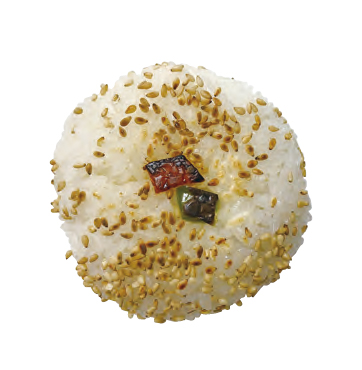
Kagoshima – Ingy Chicken Takikomi Gohan Onigiri
Koshihikari from Tanegashima is harvested starting in mid-July each year. Ingy chicken—a rare, tailless variety originally given as a token of gratitude after rescuing a stranded British vessel in 1894—serves as the unique filling.
Combined with bamboo shoots and other ingredients, the rice is enriched with deep flavor.
(Note: Since Ingy chicken is designated as a natural monument, only crossbred varieties are used for consumption.)
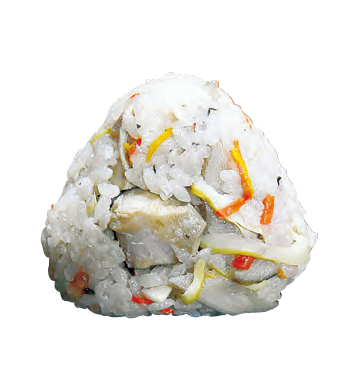
Okinawa – Pork & Egg Onigiri
Using “Hitomebore” rice from Ishigaki Island—celebrated as Japan’s earliest new rice, harvested in mid to late May—this hearty onigiri features a filling of pork luncheon meat, thinly sliced omelet, and traditional Okinawan preserved foods such as “Andansu” (pork simmered in miso with pork fat) and kombu tsukudani.
Sandwiched between rice and seaweed, its rich, satisfying flavor is sure to please.
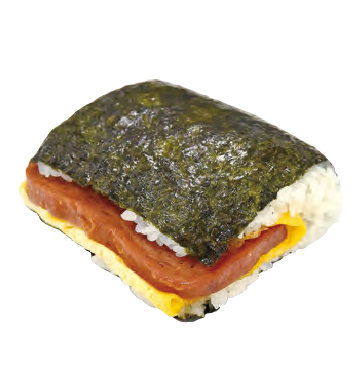
Each regional onigiri presented here is a testament to Japan’s culinary creativity and the unique local ingredients that make these rice balls more than just a simple snack.
Whether you’re seeking a taste of tradition, innovation, or simply a new twist on a beloved classic, you’re sure to find an onigiri that captivates your palate and enriches your journey through Japan’s diverse food culture.
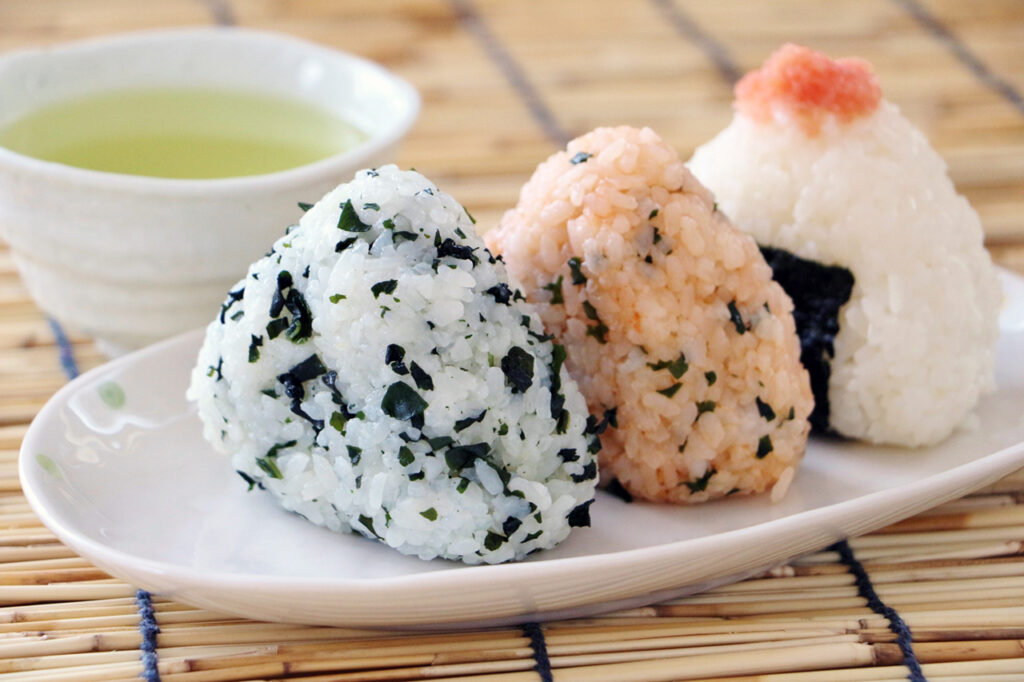
Next time, we’ll introduce the “freestyle” approach to making onigiri. There are no rules when it comes to making onigiri – the shape and ingredients are entirely up to you. Let’s discover your own perfect creation!
















